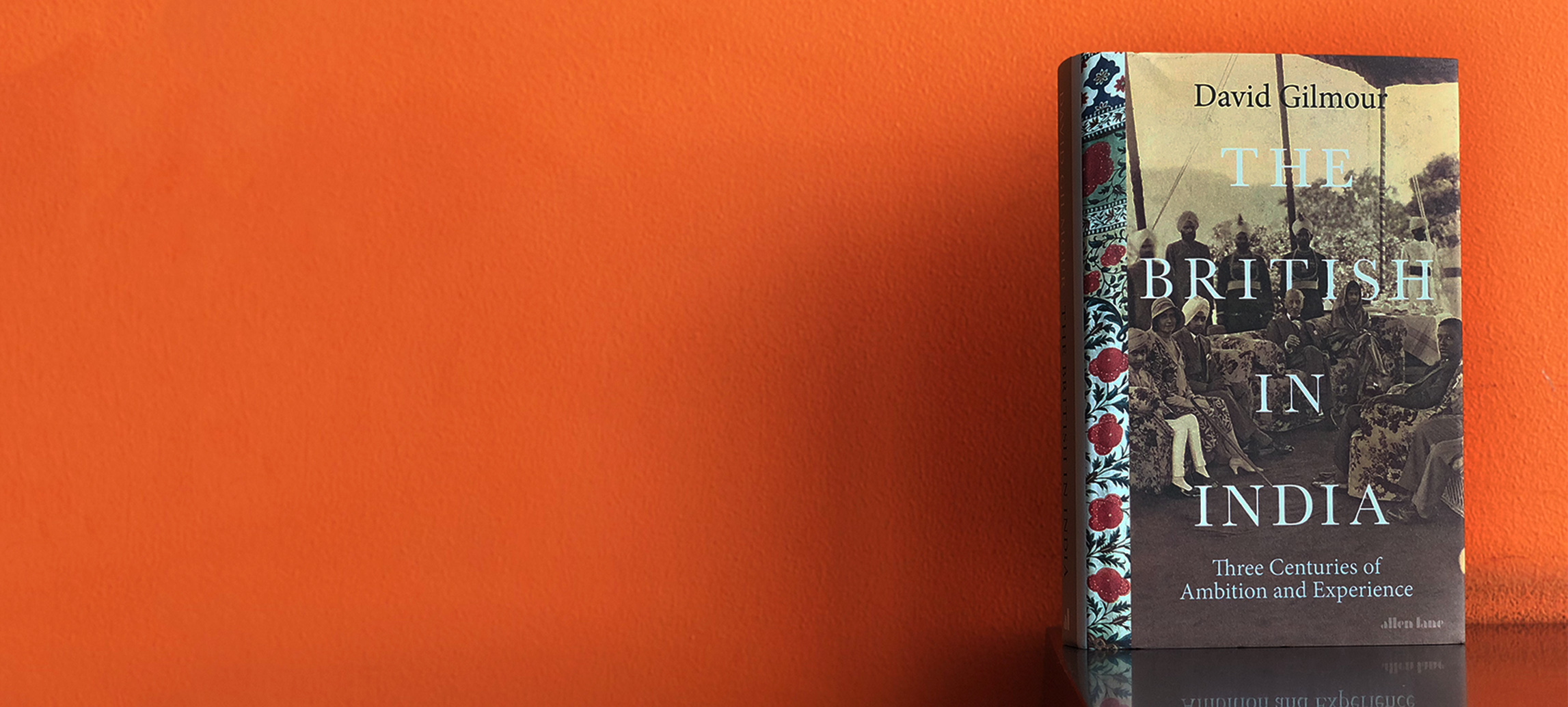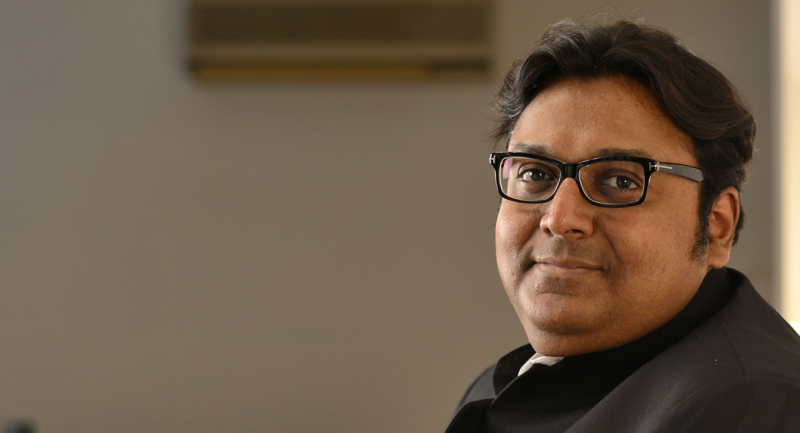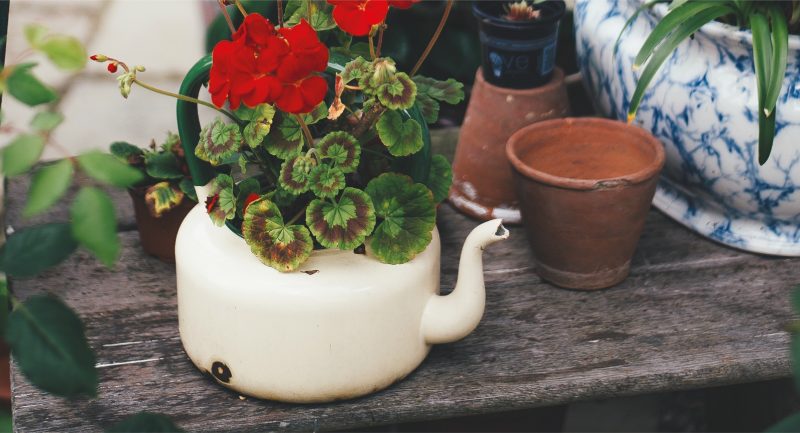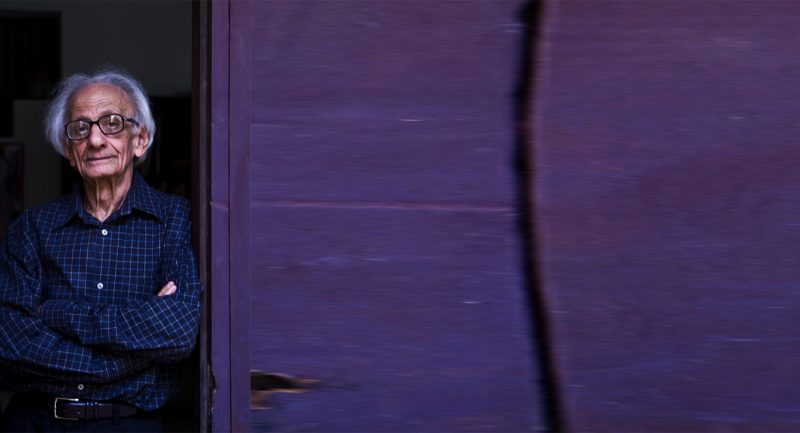
The British in India by David Gilmour records the life of various Britons that went to India – viceroys and officials, soldiers and missionaries, planters and foresters, merchants, engineers, teachers and doctors. The British had a stronghold in India and ruled the land right after the reign of Queen Elizabeth I till well into the time of Queen Elizabeth II. Recalling the span of three and a half centuries of their reign in India, this book brings to life the the work, leisure and the complexity of the relationships of the British to India. This exceptional work by David Gilmour gives a scholarly insight into the lives of people, about whom, nothing has been written before.
Here are 5 people you would not know about who lived in India during the British Raj:
Richard Wellesley
Rischard Wellesley was the second governor-general of India from 1798-1805, succeeding Lord Cornwallis. He amended and intensified the process of transformation for the British civil servants in India. He was of the opinion that “no greater blessing”, he said, could be “conferred on the native inhabitants of India than the extension of the British authority, influence and power”. Thus, there was an influx of young Englishmen who saw themselves as imperial rulers and administrators in India.
Kay Nixon
Kay Nixon, after the end of her first marriage decided to go to India for a new beginning in 1927. She was an artist and had made her career as an illustrator of Enid Blyton’s stories. Coming to India, she continued her career by drawing for the Times of India, making animal posters for Indian State Railways, and also painting pictures of the horses of various maharajas.
George Clerk
George Clerk was the two-time governor of Bombay from the years 1848 to 1850 and 1860 to 1862. He was of the view that the British rule in India could only be permanently maintained if it was administered “in a spirit of tolerant and reasonable respect for the usages and the religions of the different nations and tribes there”.
Cecil Earle Tyndale-Biscoe
Cecil Earle Tyndale-Biscoe went to Kashmir in 1890 and was principal of the Church Missionary Society’s boys’ school in Srinagar for almost half a century. He was of the view that Kashmir was morally a stagnant cesspool but was determined to reform the land and rid it of the its moral corruption. He had assembled a staff of Oxford and Cambridge graduates in order to help him in achieving this aim.
Hariot Dufferin
Lady Dufferin made the most valuable contribution amongst any vicereine when she successfully established the National Association for Supplying Female Medical Aid to the Women of India in the year 1885. Indian women, during the time needed female doctors and nurses as they were barred from the company of unrelated men. She came to be known as the pioneer of medical care for Indian women and her association had treated four million women by 1914.
This exceptional work of scholarly recovery portrays individuals with understanding and humour, and makes an original and engaging contribution to a long and important period of British and Indian history.









